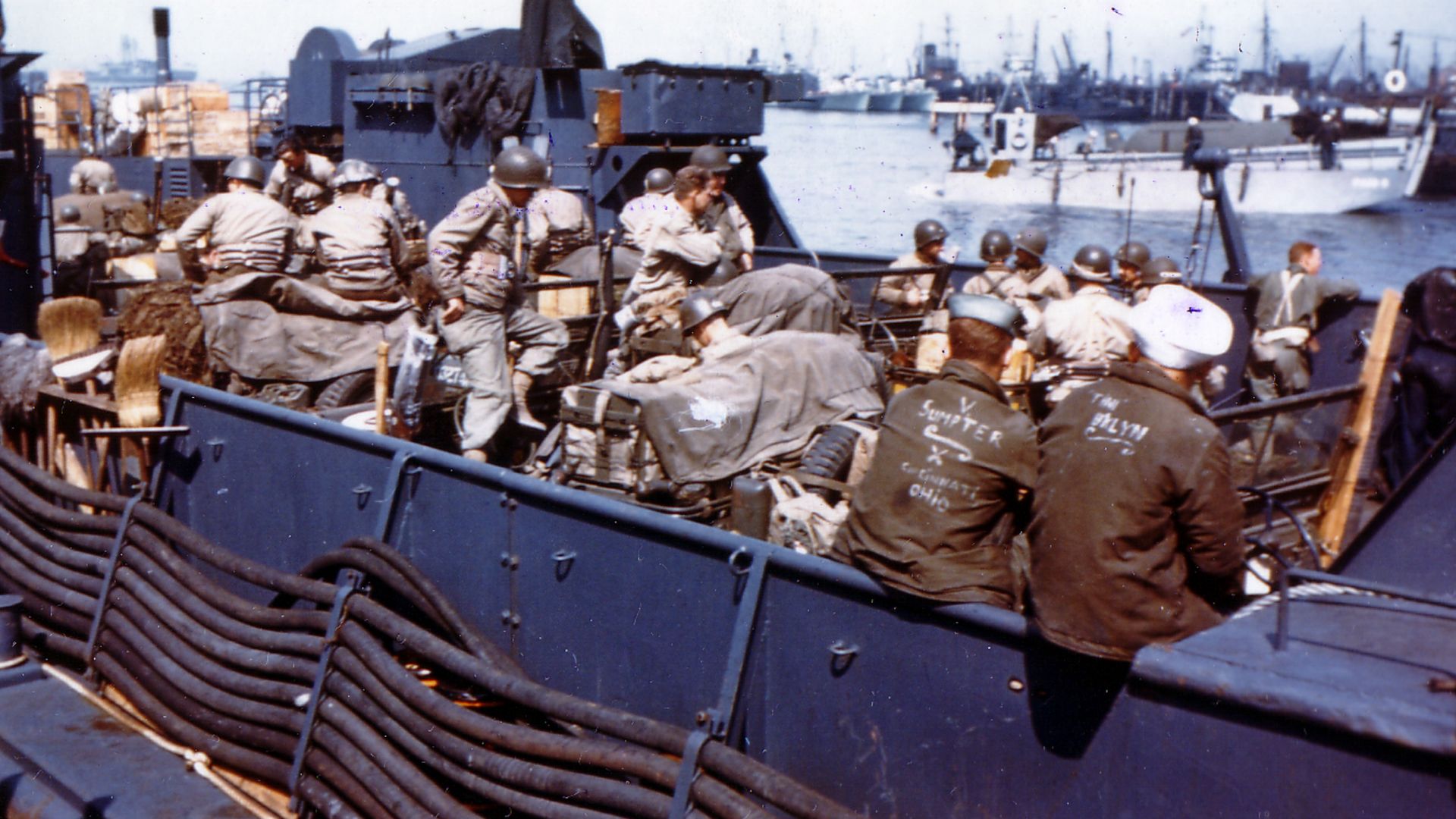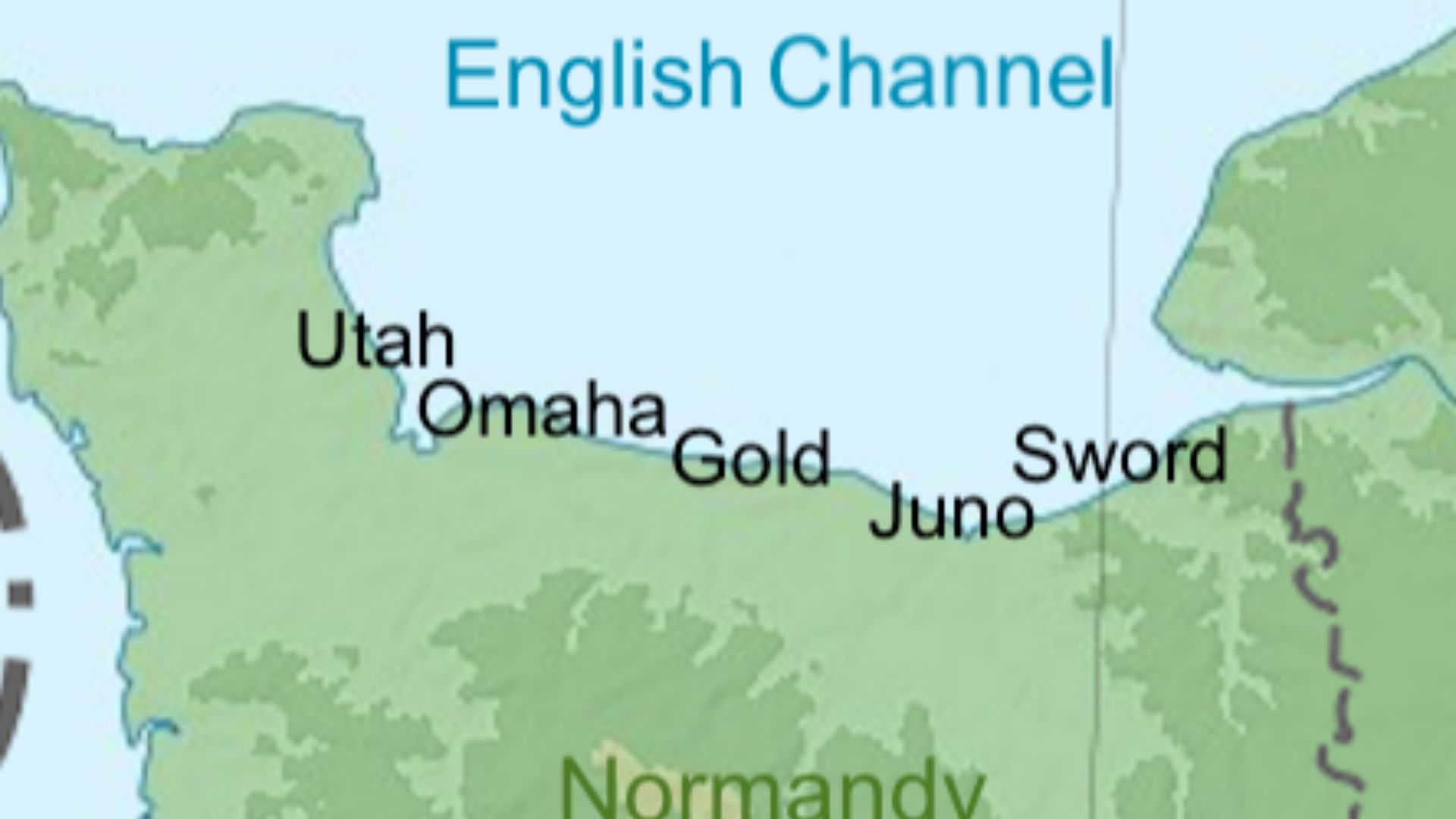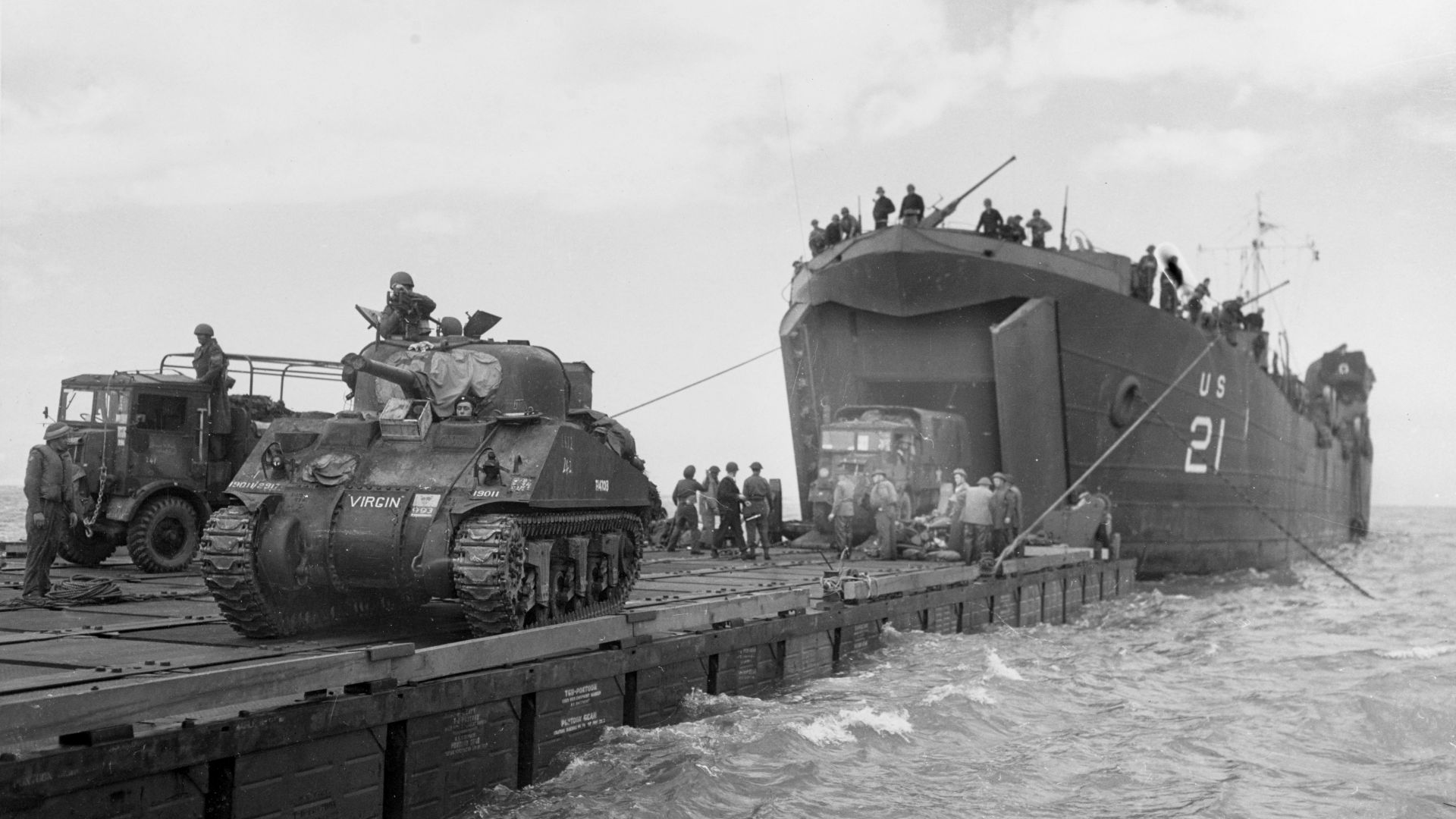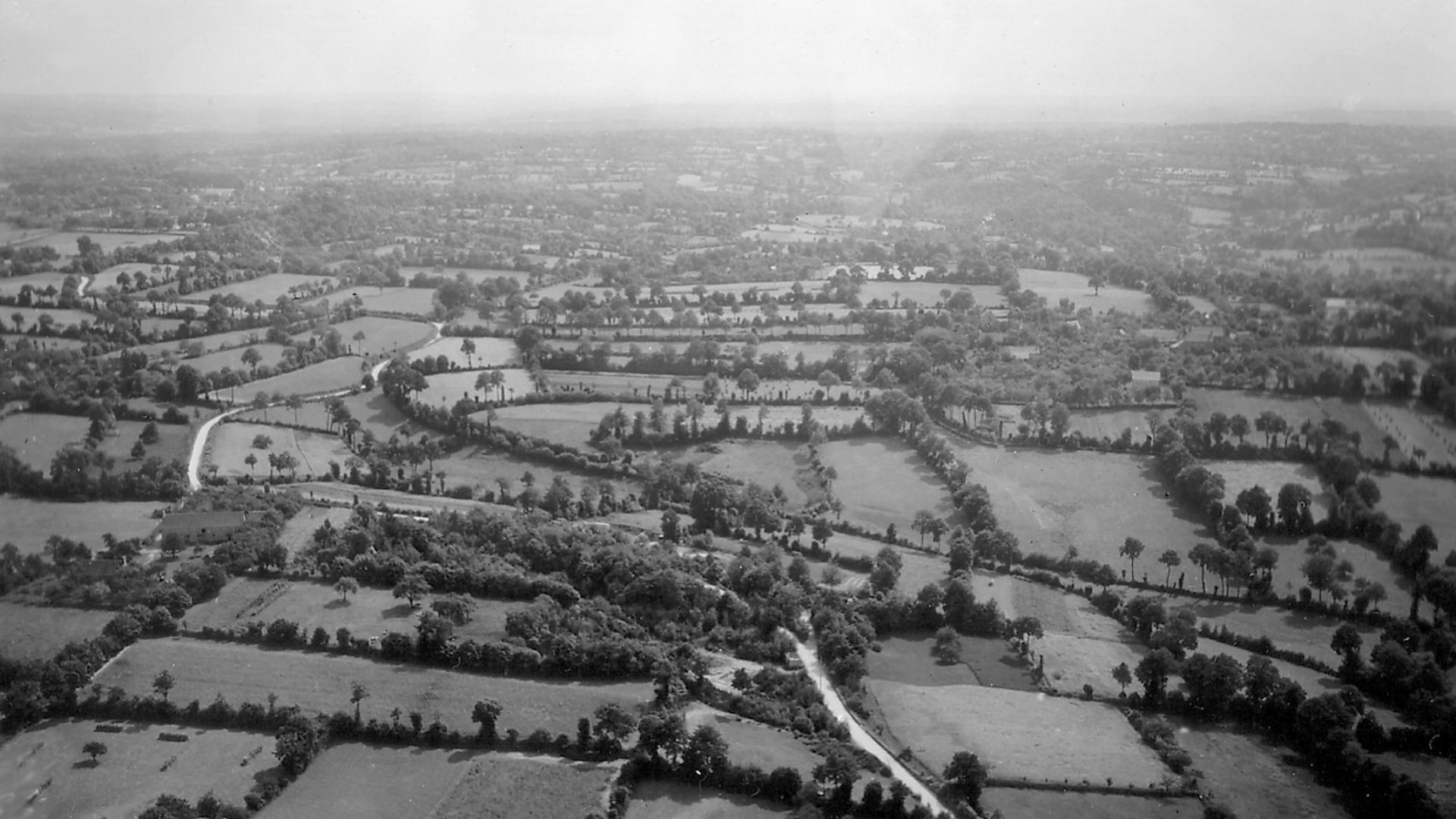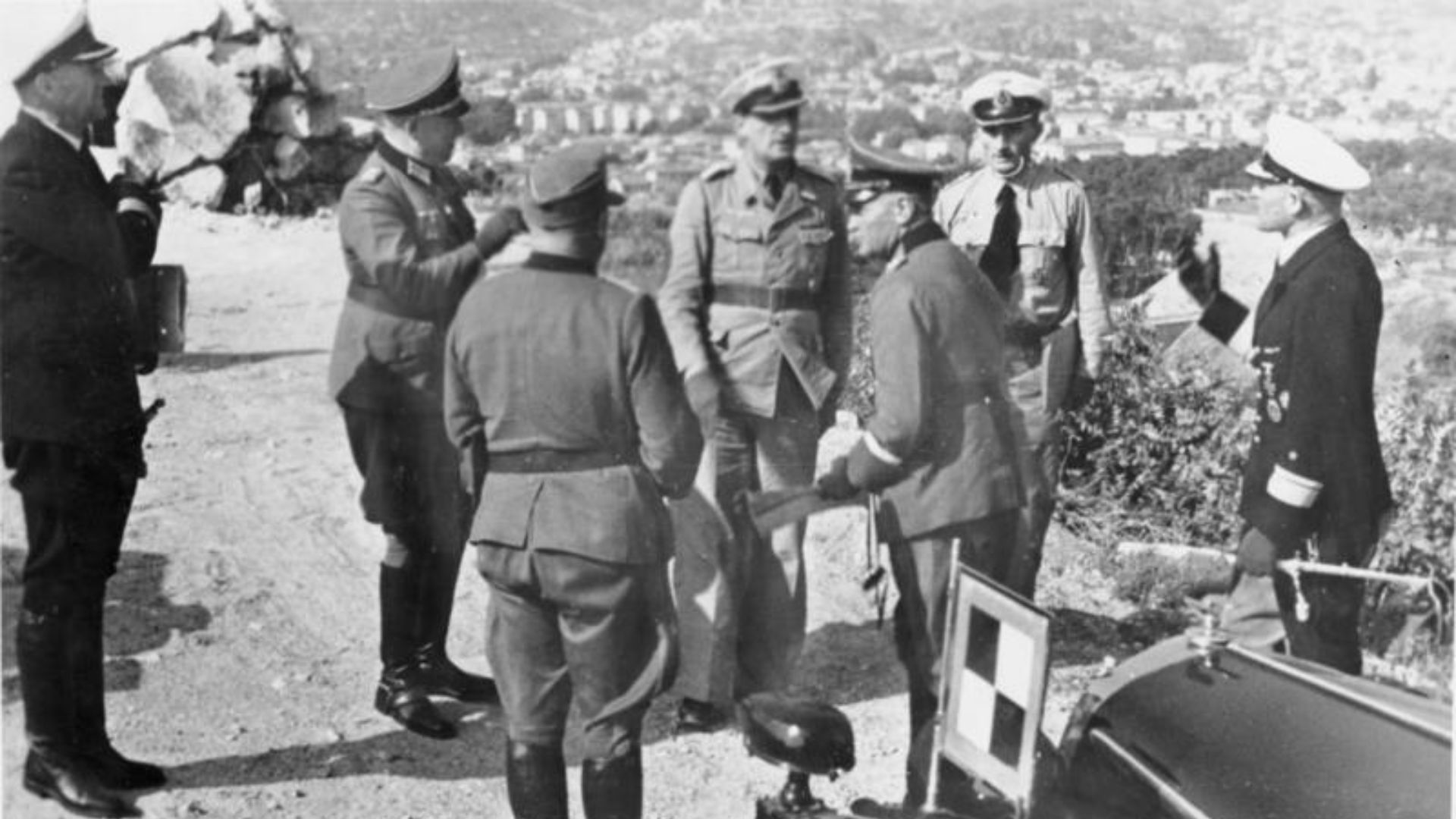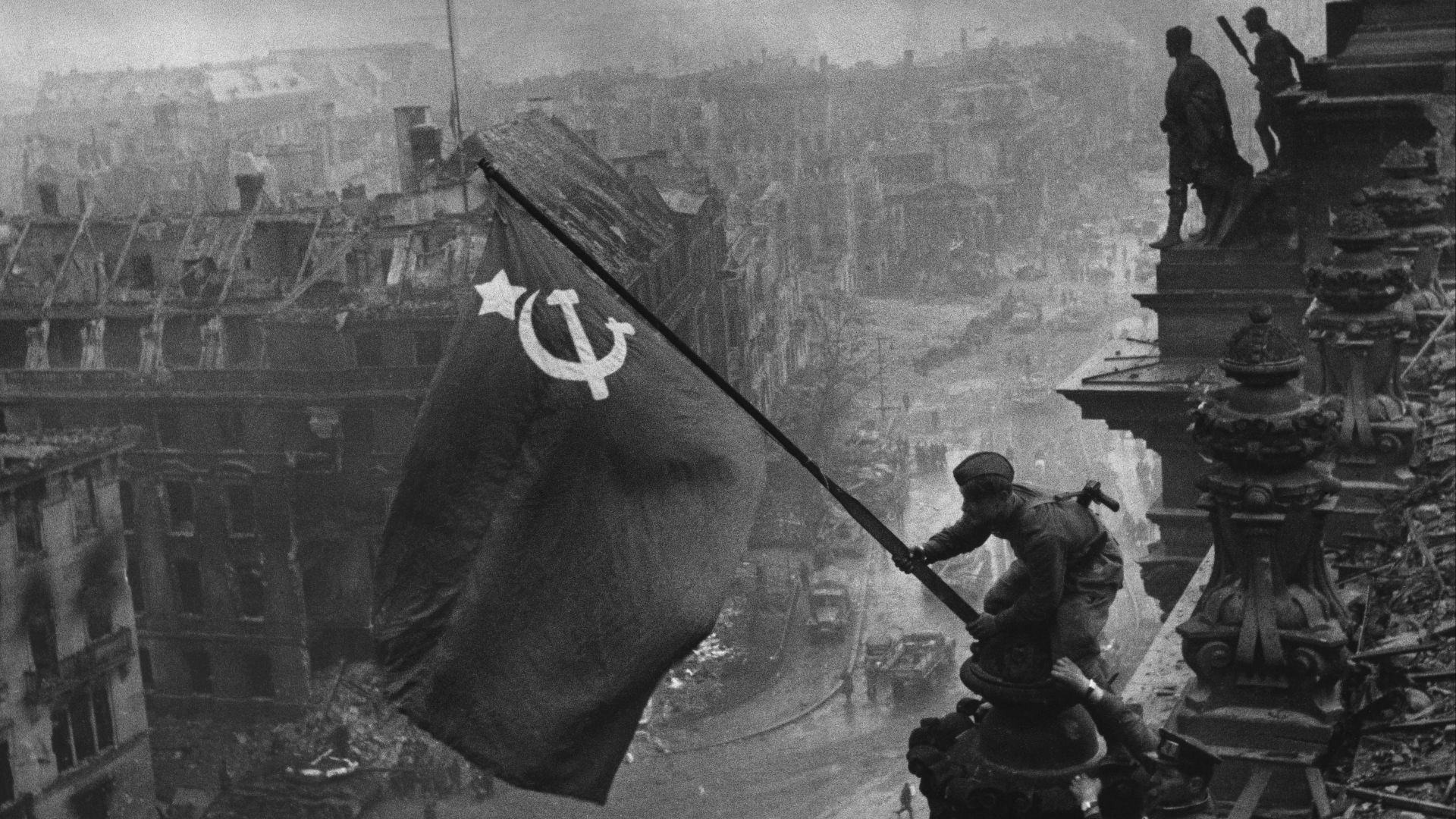Normandy Changed The Game
The Battle of Normandy marked a major shift in WWII. What started as a massive beach landing turned into weeks of tough, ground-level fighting that pushed German forces into retreat. If you're curious about the full story, here are 20 facts that break down how this single campaign changed the direction of the entire war, as well as civilization as we know it.
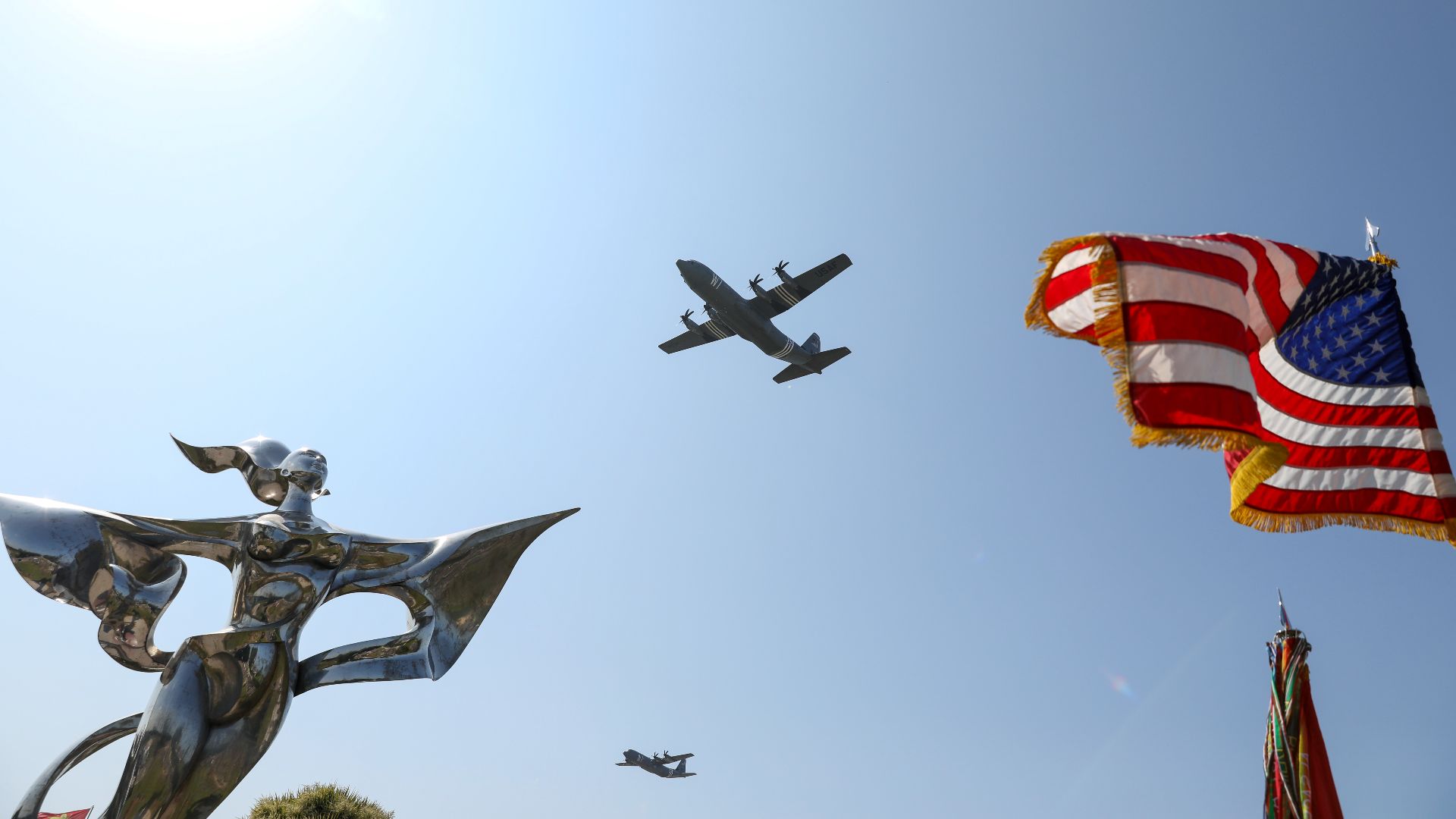 Chief, National Guard Bureau on Wikimedia
Chief, National Guard Bureau on Wikimedia
1. It Initiated The Liberation Of Western Europe
Launched on June 6, 1944, Operation Overlord marked the beginning of the Allied campaign to liberate Nazi-occupied Western Europe. This military operation involved meticulous coordination among Allied forces, setting the stage for the eventual defeat of Hitler’s Germany.
2. D-Day Was The Largest Amphibious Invasion In History
On D-Day, over 150,000 Allied troops landed on the beaches of Normandy, making it the largest amphibious assault ever executed. Such a monumental effort required extensive coordination of naval, air, and land forces to breach German defenses.
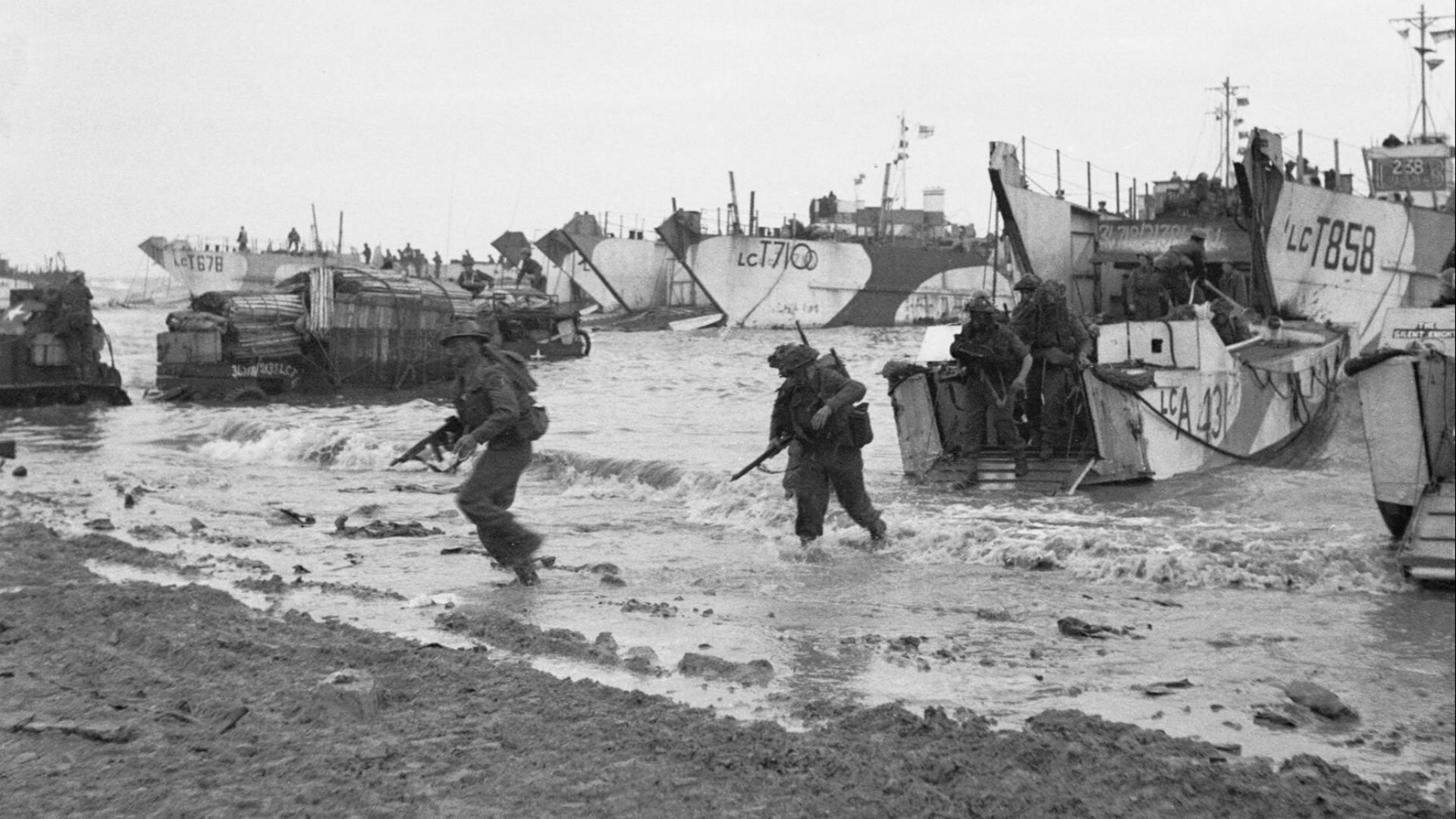 No 5 Army Film & Photographic Unit, Midgley (Sgt) on Wikimedia
No 5 Army Film & Photographic Unit, Midgley (Sgt) on Wikimedia
3. Five Beaches Were Designated For The Landing
The Allies targeted five beaches for the invasion: Utah, Omaha, Gold, Juno, and Sword. Each beach was assigned to different Allied nations, with American forces landing on Utah and Omaha, the British on Gold and Sword, and Canadians on Juno.
4. Airborne Operations Preceded The Beach Landings
Before the main amphibious assault, approximately 24,000 Allied paratroopers were placed behind enemy lines to secure positions and disrupt German defenses. These airborne operations were important in supporting the success of the beach landings.
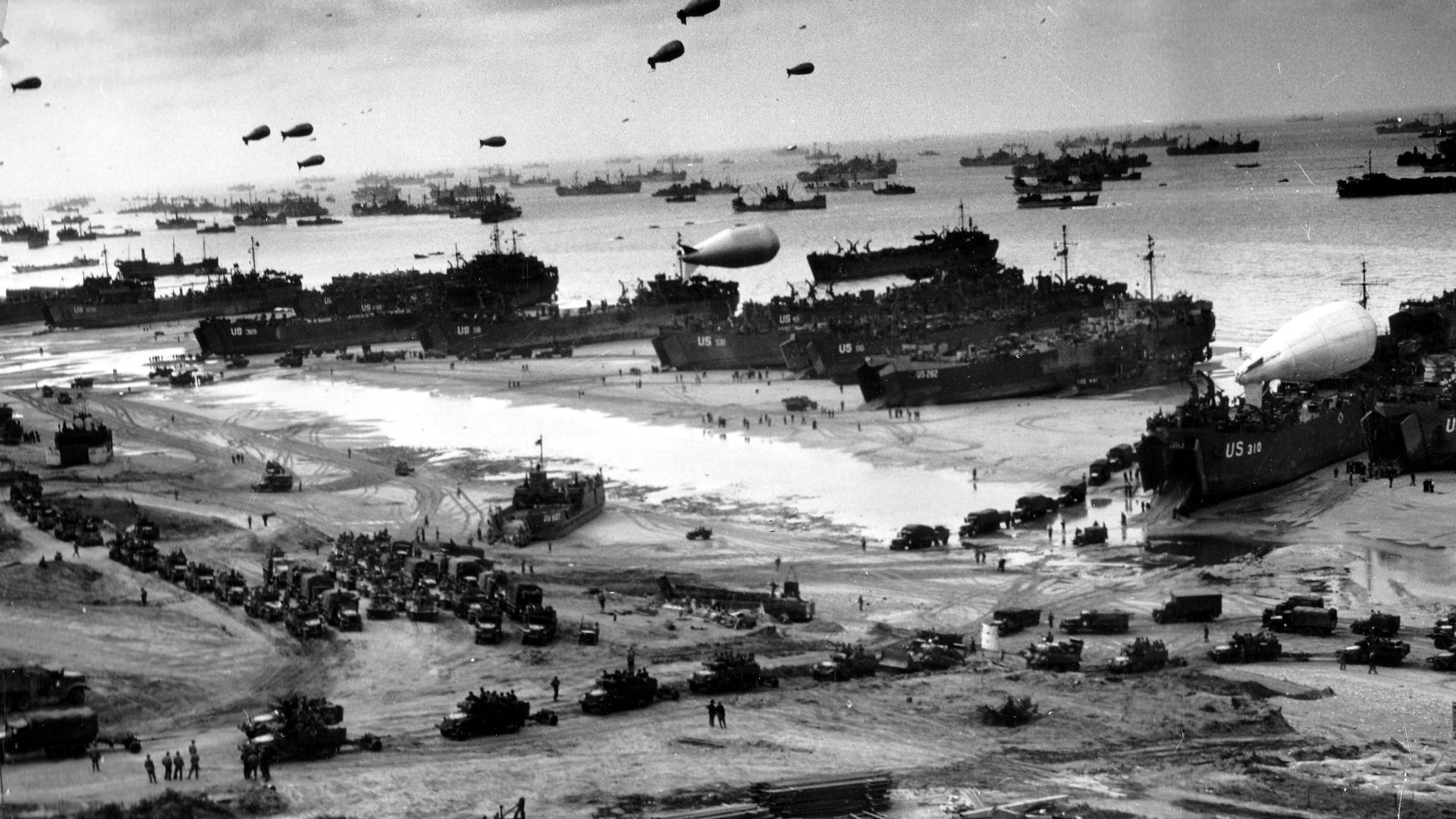 US Coast Guard, photo 26-G-2517 on Wikimedia
US Coast Guard, photo 26-G-2517 on Wikimedia
5. Weather Conditions Delayed The Invasion By One Day
Originally planned for June 5, 1944, the invasion was postponed by 24 hours due to adverse weather conditions. A brief improvement in the weather on June 6 provided a critical window for the operation to proceed.
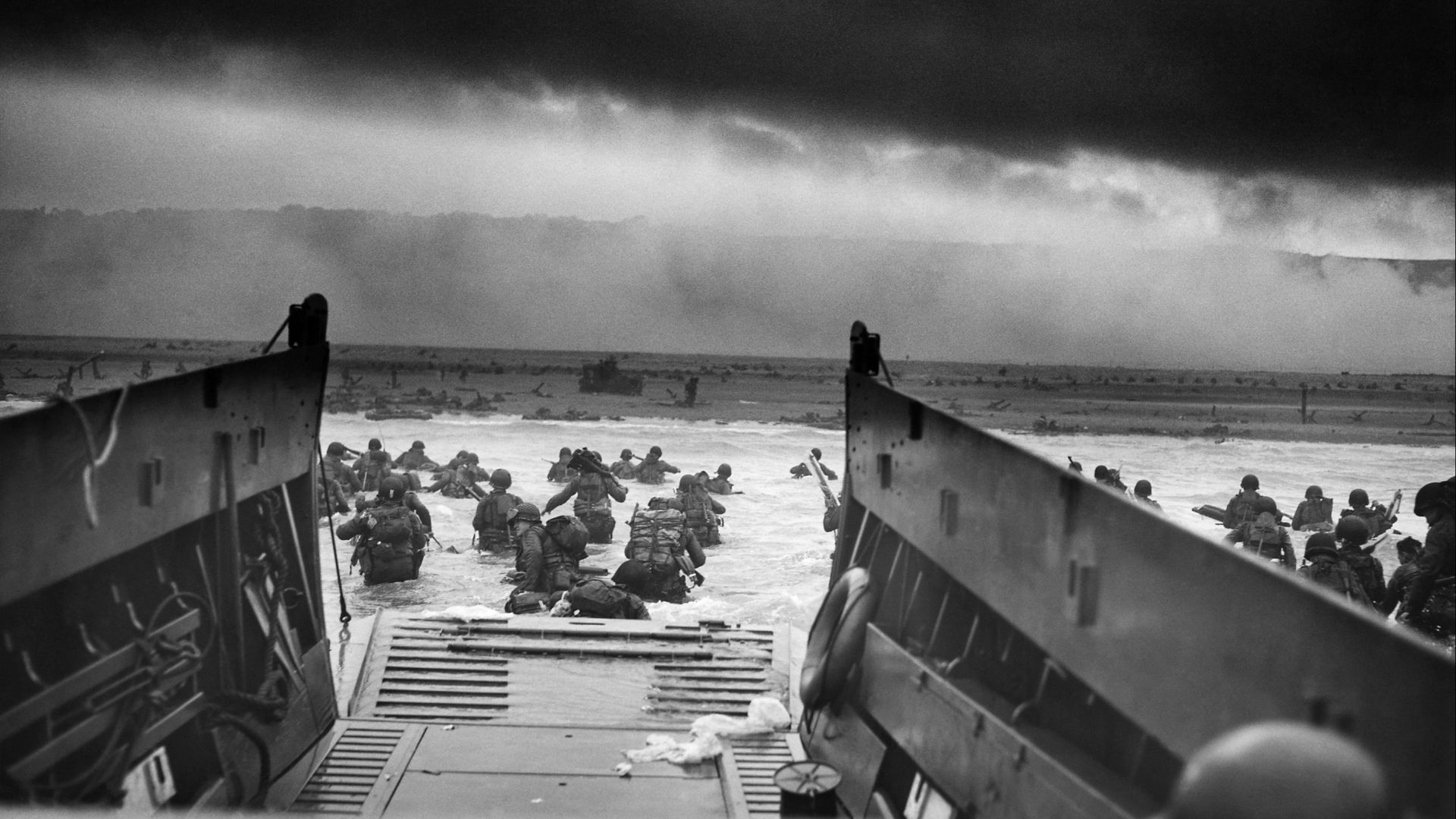 Chief Photographer's Mate (CPHoM) Robert F. Sargent on Wikimedia
Chief Photographer's Mate (CPHoM) Robert F. Sargent on Wikimedia
6. Operation Bodyguard Deceived German Forces
To mislead the Germans about the invasion's location and timing, the Allies implemented Operation Bodyguard, a comprehensive deception strategy. This included fake equipment and double agents to divert German attention away from Normandy.
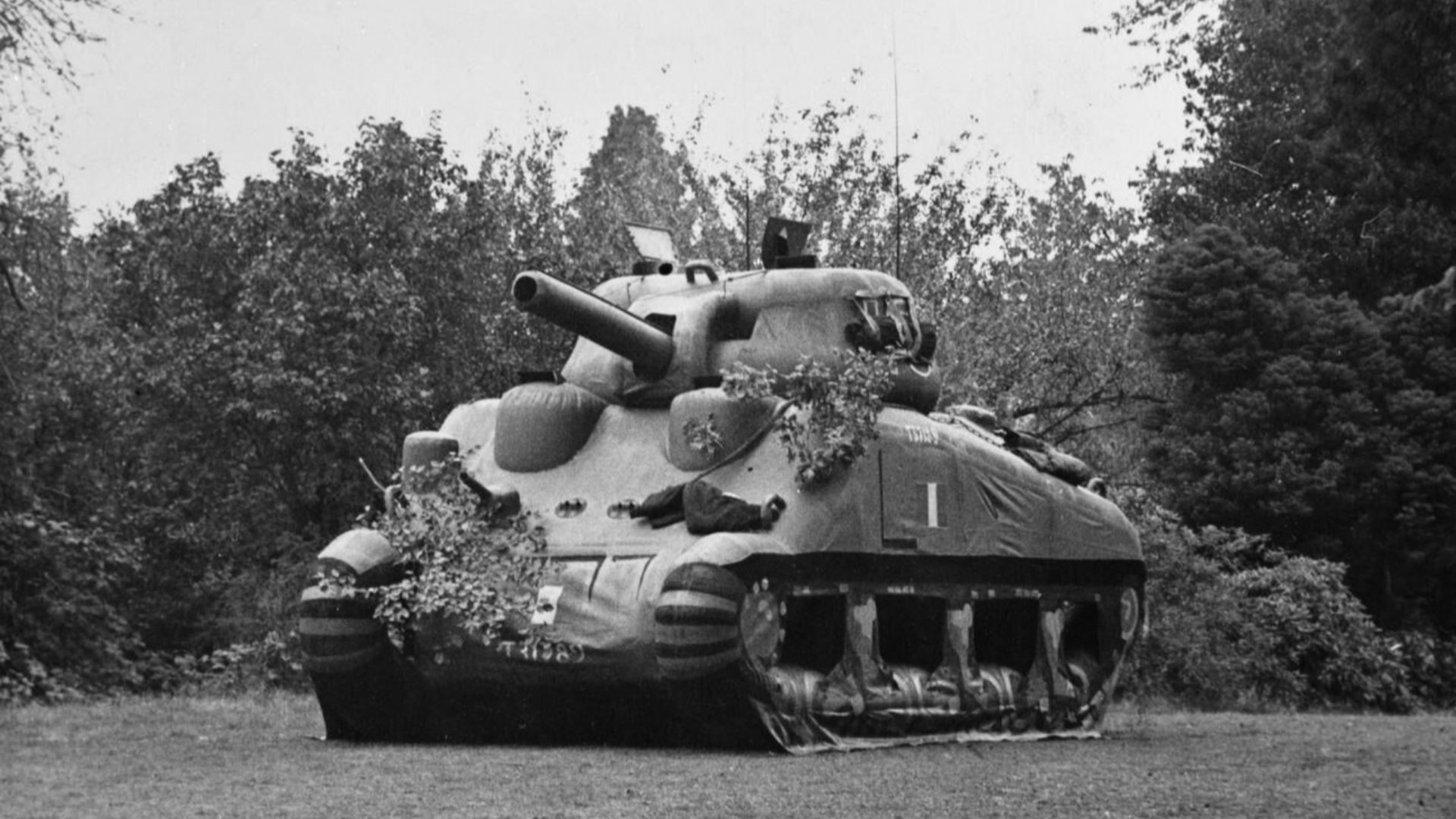 War Office official photographer on Wikimedia
War Office official photographer on Wikimedia
7. The Atlantic Wall Was A Major German Defensive Line
The Germans fortified the French coastline with the Atlantic Wall, a series of bunkers, mines, and obstacles designed to repel an invasion. Even after these defenses, the Allies managed to breach the wall and establish a foothold in Normandy.
 Original uploader was Sorin Lingureanu at en.wikipedia; http://www.cs.tut.fi/~lsorin on Wikimedia
Original uploader was Sorin Lingureanu at en.wikipedia; http://www.cs.tut.fi/~lsorin on Wikimedia
8. Allied Forces Suffered Significant Casualties On D-Day
The cost of the first day was staggering. While the exact numbers vary, what’s undeniable is that thousands of men fell before the sun had set. Many didn’t even get to fire their weapon before falling. And yet, despite that cost, the beachheads held.
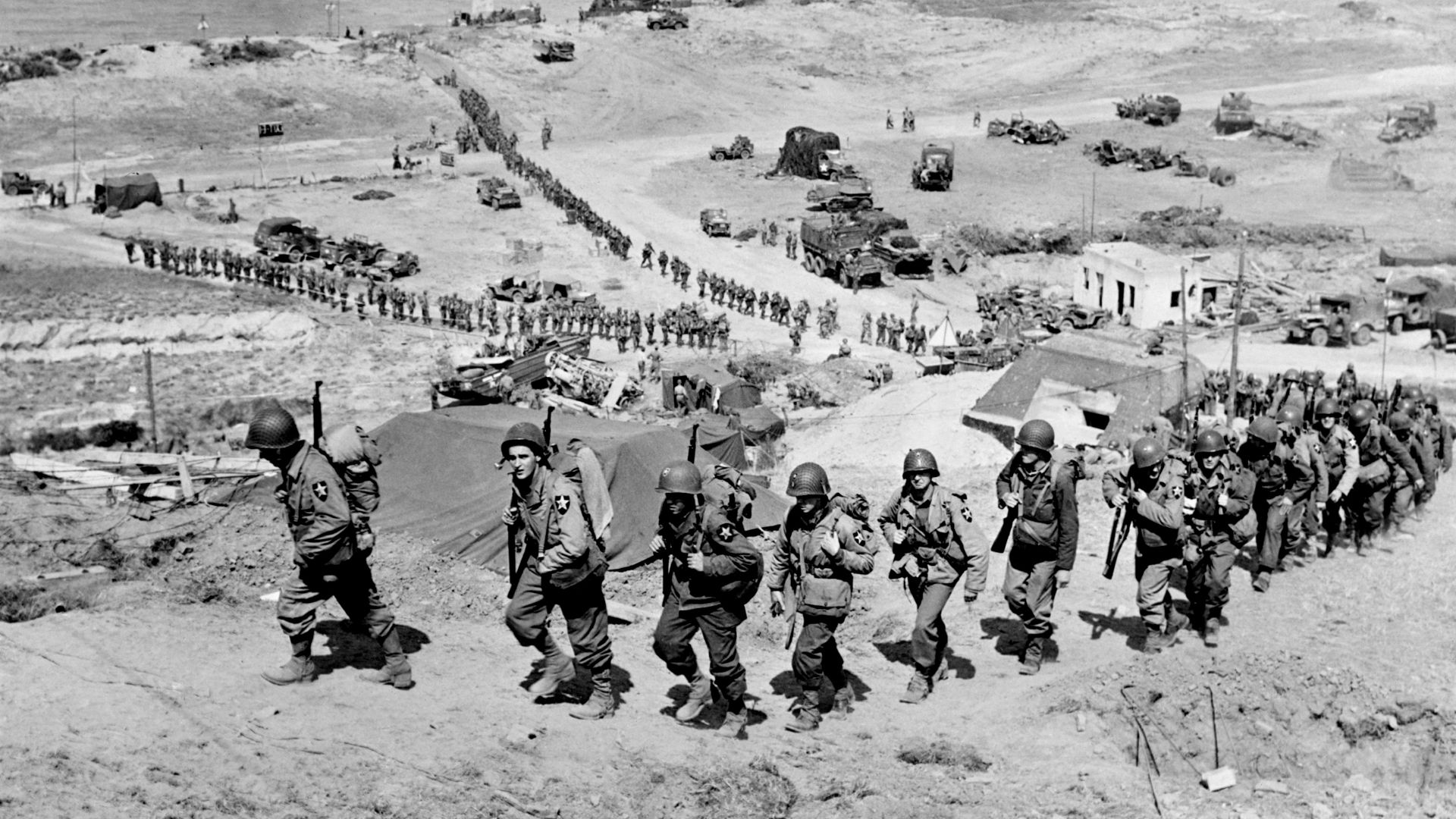 US Army Signal Corps on Wikimedia
US Army Signal Corps on Wikimedia
9. Pointe Du Hoc Was Captured By U.S. Rangers
Perched high on the cliffs between Omaha and Utah beaches, Pointe du Hoc was a fortress of German artillery capable of striking multiple invasion points. That’s why, at dawn on D-Day, the U.S. 2nd Ranger Battalion was tasked with scaling the sheer cliffs under enemy fire to neutralize them.
 Post-Work: User:W.wolny on Wikimedia
Post-Work: User:W.wolny on Wikimedia
10. Operation Cobra Enabled A Breakthrough In Normandy
Once the beachheads were secured, the Allies faced an even more grueling challenge—pushing inland. The Normandy terrain favored defenders and turned every advance into an inch-by-inch battle. That is when Operation Cobra marked the turning point from static fighting to rapid movement.
11. The Encirclement Of German Forces
As the Allies advanced eastward, German forces retreated in disarray. But in 1944, a trap was set. In what became known as the Falaise Pocket, German divisions attempting to flee from western France were caught in a noose. Allied units closed in from all sides, which crippled Germany’s ability to defend.
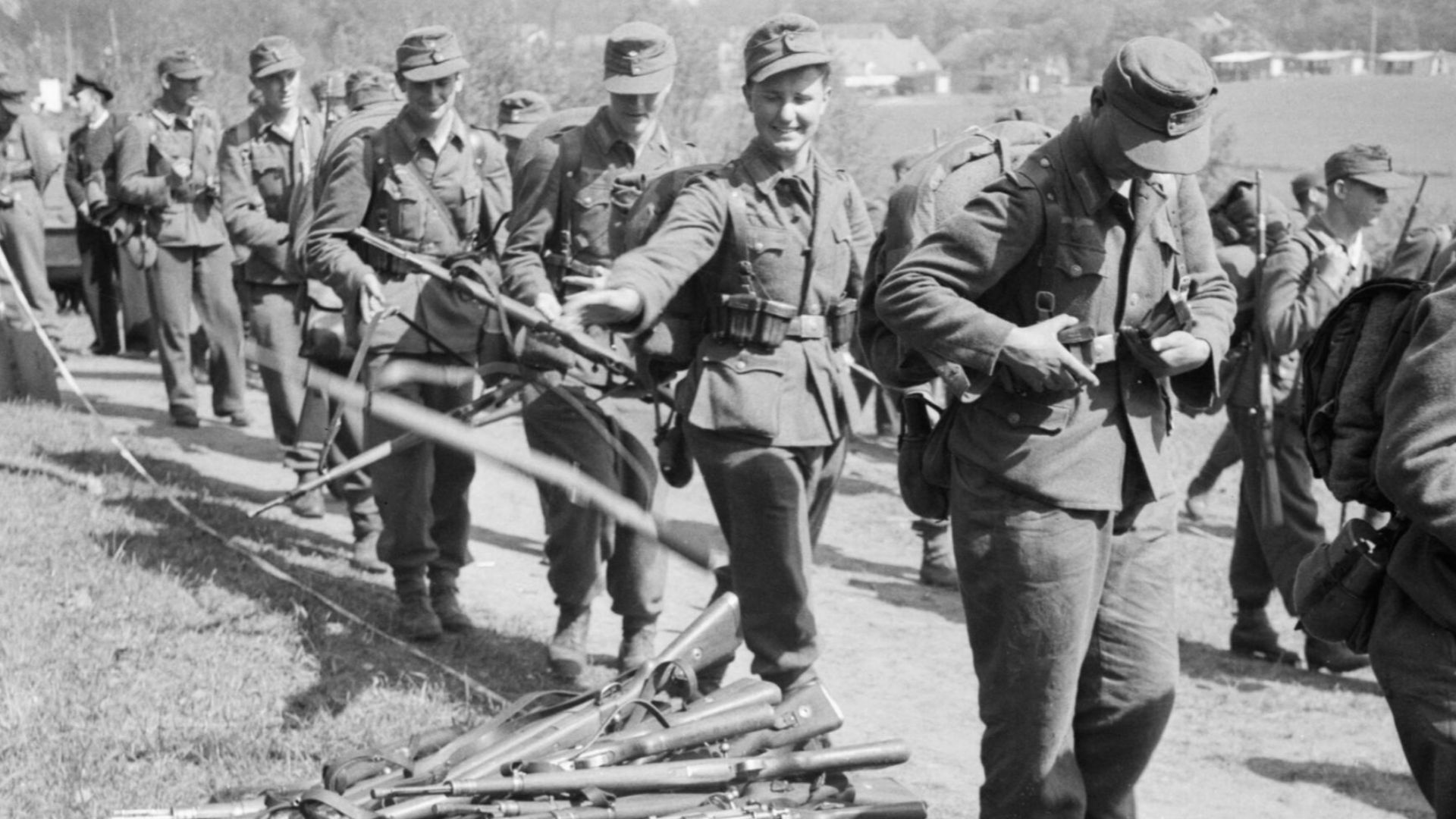 No 5 Army Film & Photographic Unit, Norris (Sergeant) on Wikimedia
No 5 Army Film & Photographic Unit, Norris (Sergeant) on Wikimedia
12. The Battle Of Normandy Lasted Over Two Months
D-Day is often remembered as a singular event, but the Battle of Normandy unfolded over 77 grueling days. From the moment the first boots hit the sand, it became a grinding campaign of attrition, fought through hedgerows, villages, and cities like Caen and Cherbourg.
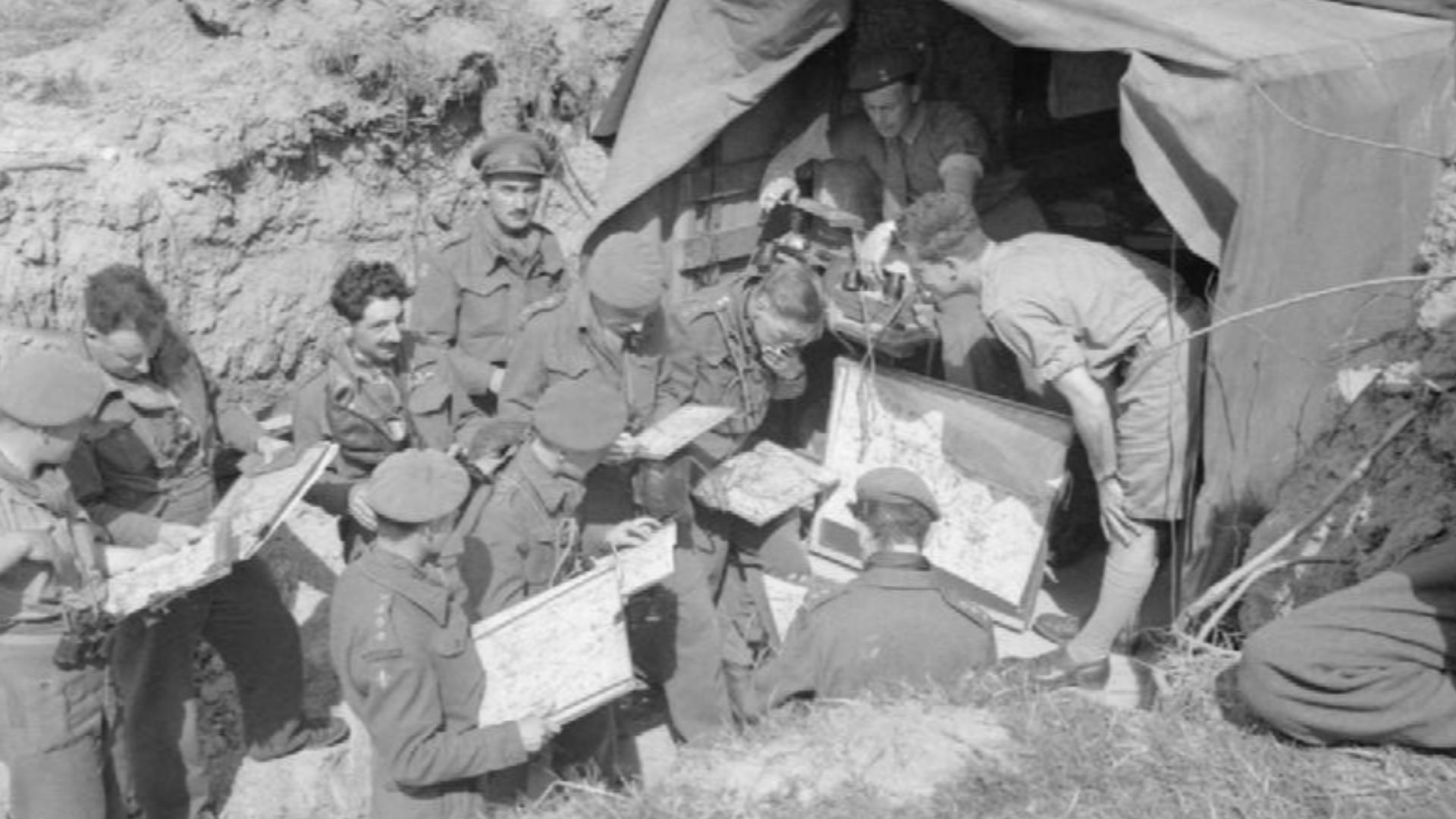 Mapham J (Sgt), No 5 Army Film & Photographic Unit on Wikimedia
Mapham J (Sgt), No 5 Army Film & Photographic Unit on Wikimedia
13. Multinational Forces Participated In The Invasion
One of the most powerful aspects of the Normandy campaign was its international character. American, British, Canadian, Polish, French, Norwegian, Czech, Belgian, and even Greek forces took part in the landings or supported roles.
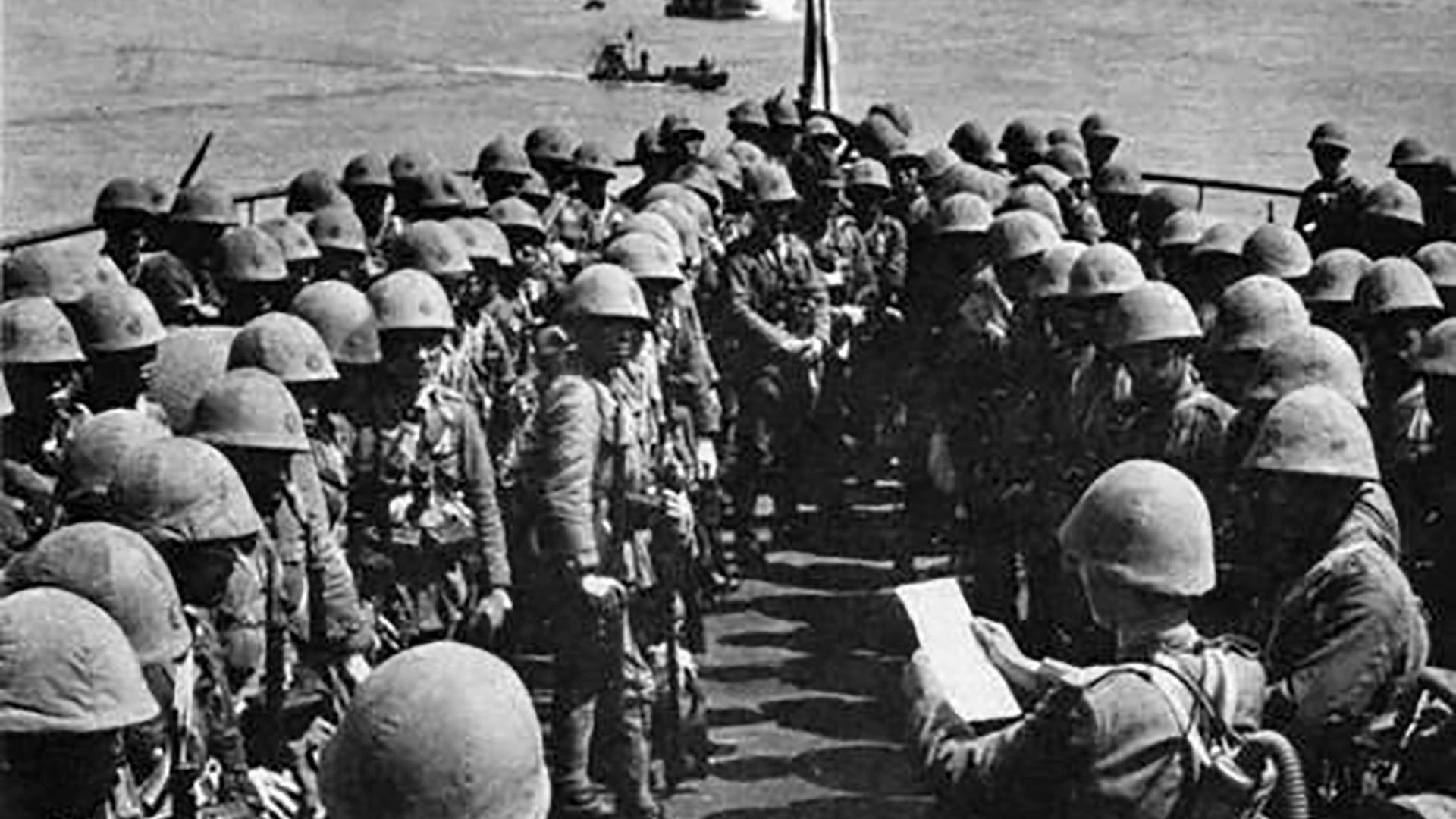 Imperial Japanese Navy on Wikimedia
Imperial Japanese Navy on Wikimedia
14. The Bocage Terrain Hindered Allied Progress
Normandy’s hedgerow country—the bocage—turned what was expected to be a swift advance into a nightmare of close-quarters combat. High hedges lined ancient fields, blocking visibility. Lastly, soldiers spoke of losing friends in one field only to face the same battle in the next.
15. German Forces Were Unprepared
Despite months of speculation, German leadership was still unprepared for the scale of the invasion. Hitler and his generals believed the main attack would come at Pas de Calais, thanks to Allied deception efforts. By the time German commanders understood the full scale of the invasion, it was already too late.
16. Allied Air Superiority Was Key To Success
Above the beaches and far inland, the sky belonged to the Allies. Fighter planes and bombers patrolled the skies constantly, disrupting German movements. Every Allied soldier on the ground benefited from the fact that the enemy was being watched.
 Archivos de la Fuerza Aérea Colombiana on Wikimedia
Archivos de la Fuerza Aérea Colombiana on Wikimedia
17. It Marked The Beginning Of The End For Hitler’s Germany
D-Day and the Normandy campaign ended the illusion that Germany could win it. Once the Allies had a solid front in France, the countdown to Berlin began. Germany now faced war on two major fronts, with the Soviets closing in from the east and the Allies from the west.
18. The Liberation Of Paris Followed The Normandy Campaign
After breaking through German lines in Normandy, the road to Paris opened quickly. French Resistance fighters rose up from within, coordinating with the Allies to drive out German occupiers. When Free French and American troops entered Paris, it was symbolic of justice.
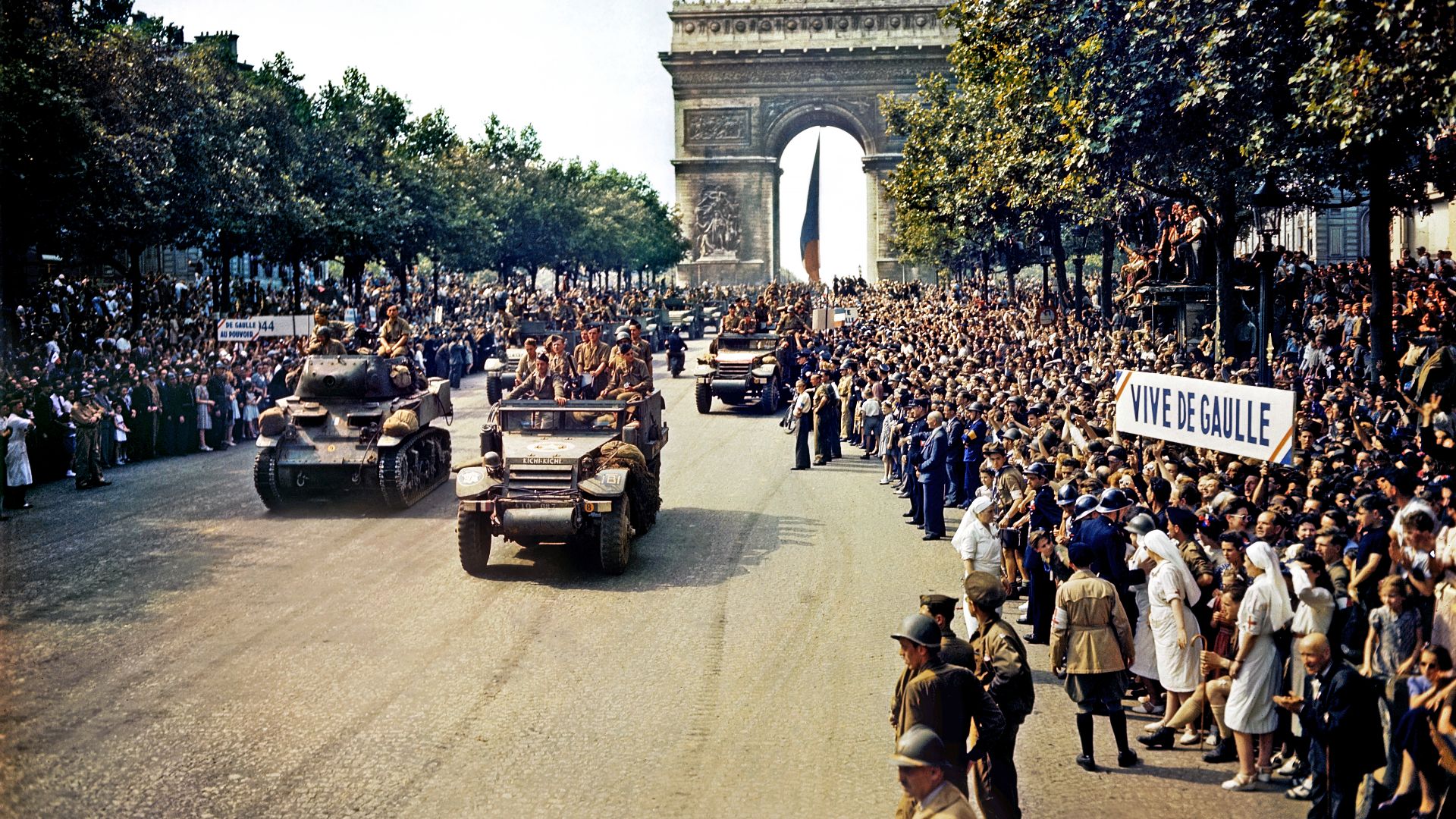 Jack Downey, U.S. Office of War Information on Wikimedia
Jack Downey, U.S. Office of War Information on Wikimedia
19. The Invasion Required Extensive Planning
The complexity behind Operation Overlord is staggering. Planning began in 1943 and involved multiple nations and millions of logistical decisions. The success of D-Day wasn't luck. It was preparation on a scale rarely seen before or since.
 Unknown U.S. Army photographer on Wikimedia
Unknown U.S. Army photographer on Wikimedia
20. The Success Of D-Day Relied On Secrecy
By the time the Battle of Normandy concluded in August 1944, more than two million Allied personnel had participated. Behind every soldier on the front lines stood a dozen more supporting them. Every person contributed to the march toward victory.
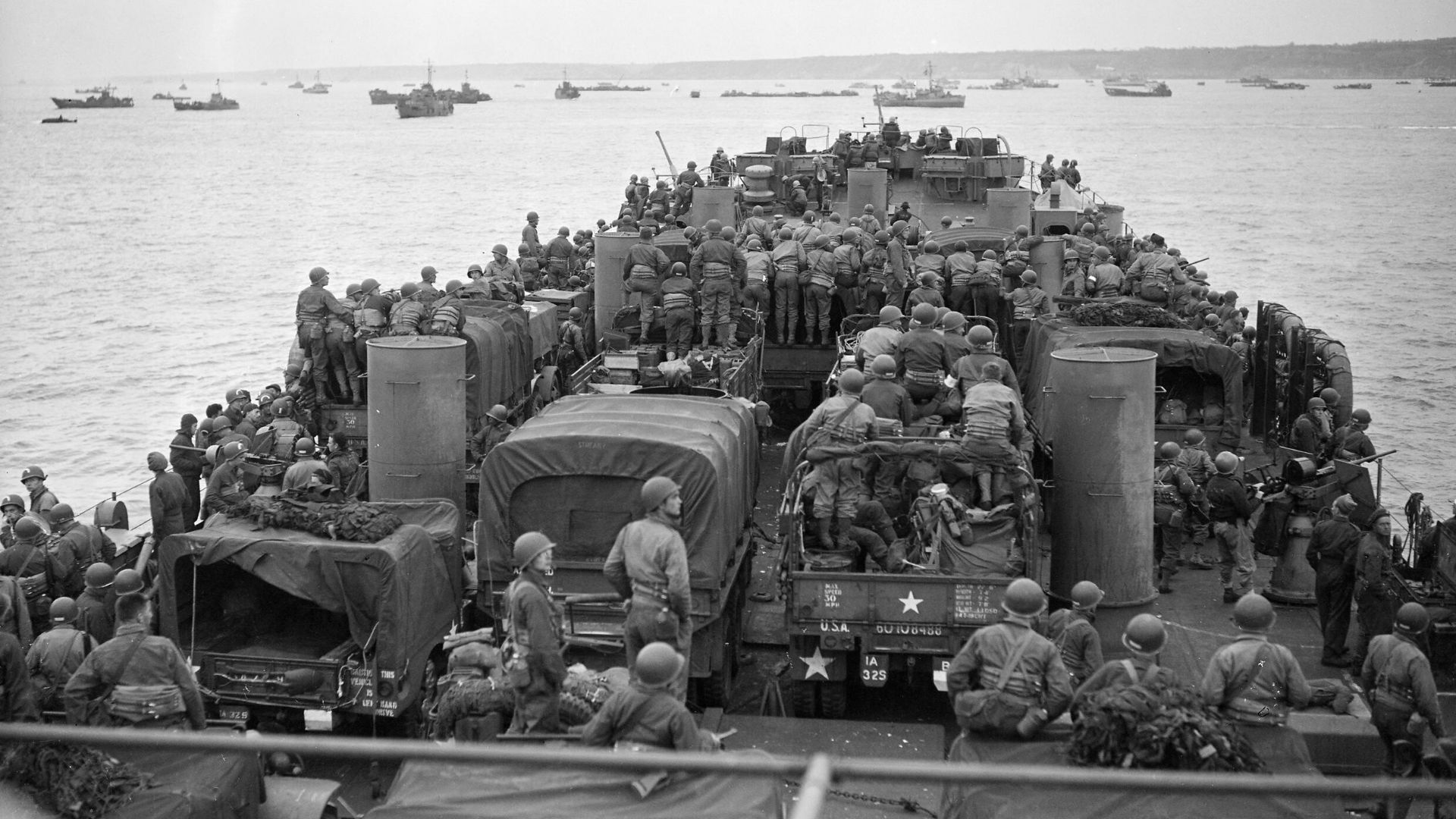 Royal Navy official photographer, Russell, J E (Lt) on Wikimedia
Royal Navy official photographer, Russell, J E (Lt) on Wikimedia
KEEP ON READING

The 20 Most Recognized Historical Figures Of All Time
The Biggest Names In History. Although the Earth has been…
By Cathy Liu Oct 4, 2024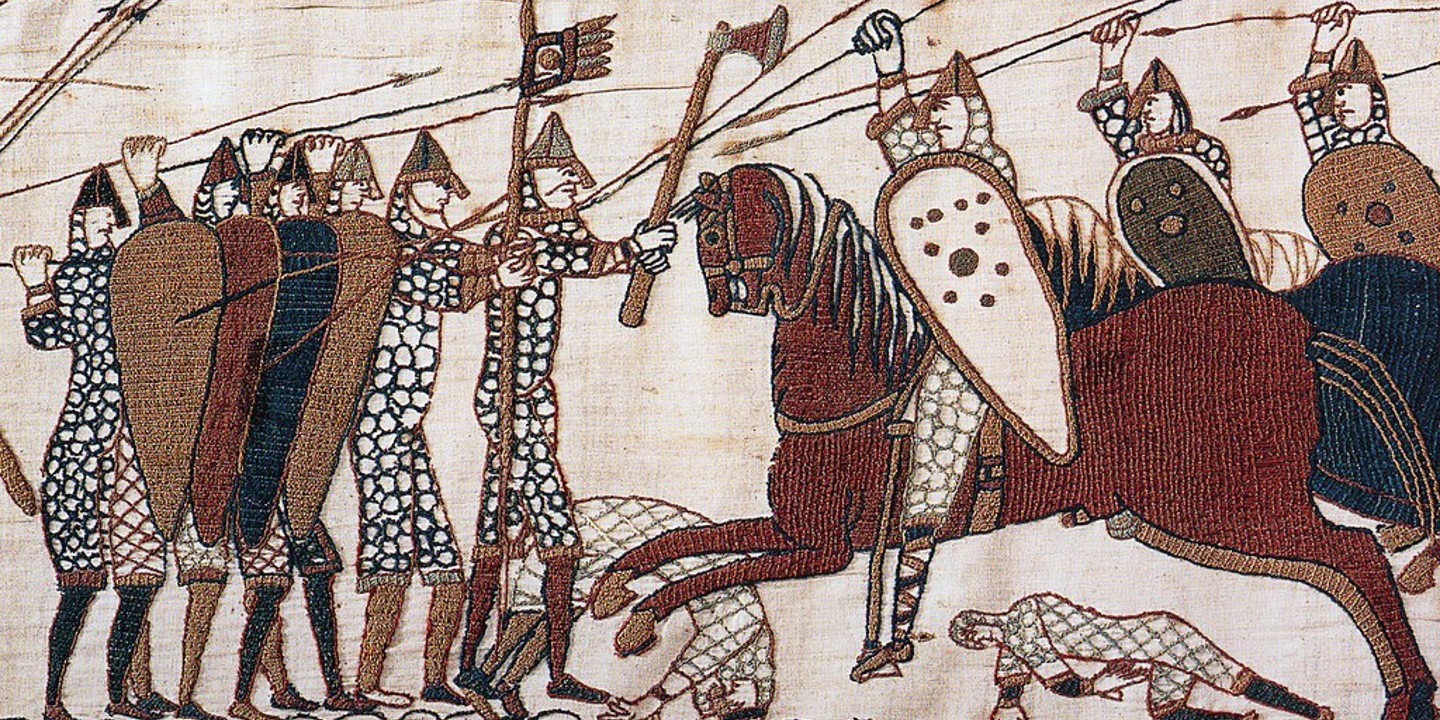
10 of the Shortest Wars in History & 10 of…
Wars: Longest and Shortest. Throughout history, wars have varied dramatically…
By Emilie Richardson-Dupuis Oct 7, 2024
10 Fascinating Facts About Ancient Greece You Can Appreciate &…
Once Upon A Time Lived Some Ancient Weirdos.... Greece is…
By Megan Wickens Oct 7, 2024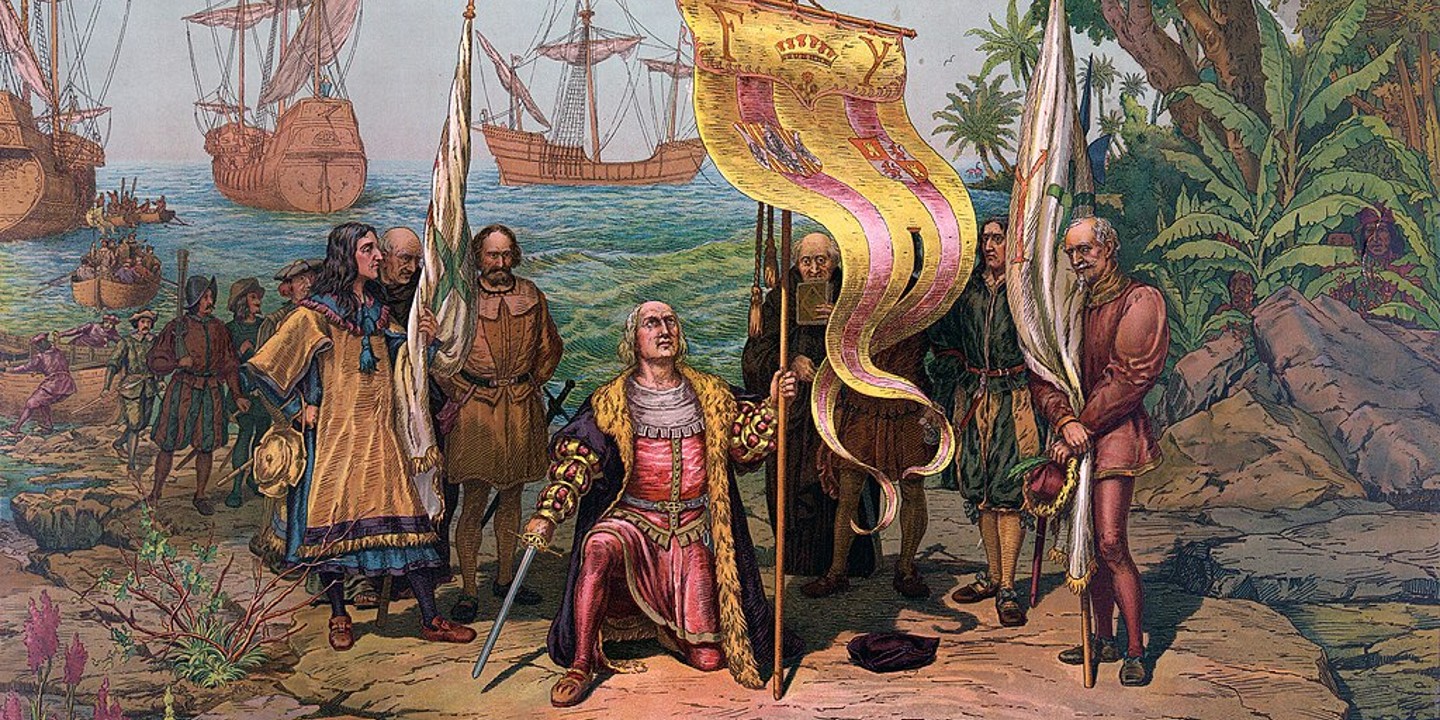
20 Lesser-Known Facts About Christopher Columbus You Don't Learn In…
In 1492, He Sailed The Ocean Blue. Christopher Columbus is…
By Emilie Richardson-Dupuis Oct 9, 2024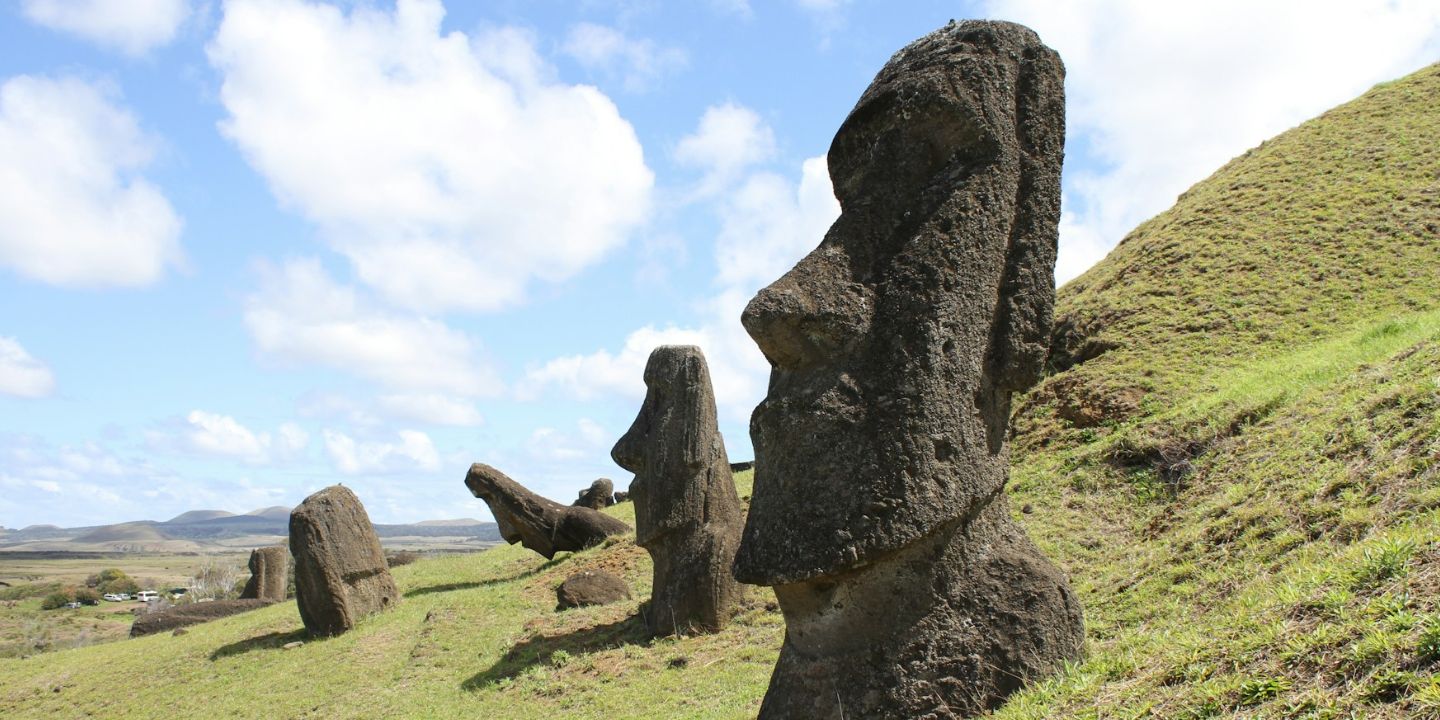
20 Historical Landmarks That Have The Craziest Conspiracy Theories
Unsolved Mysteries Of Ancient Places . When there's not enough evidence…
By Megan Wickens Oct 9, 2024
The 20 Craziest Inventions & Discoveries Made During Ancient Times
Crazy Ancient Inventions . While we're busy making big advancements in…
By Cathy Liu Oct 9, 2024

